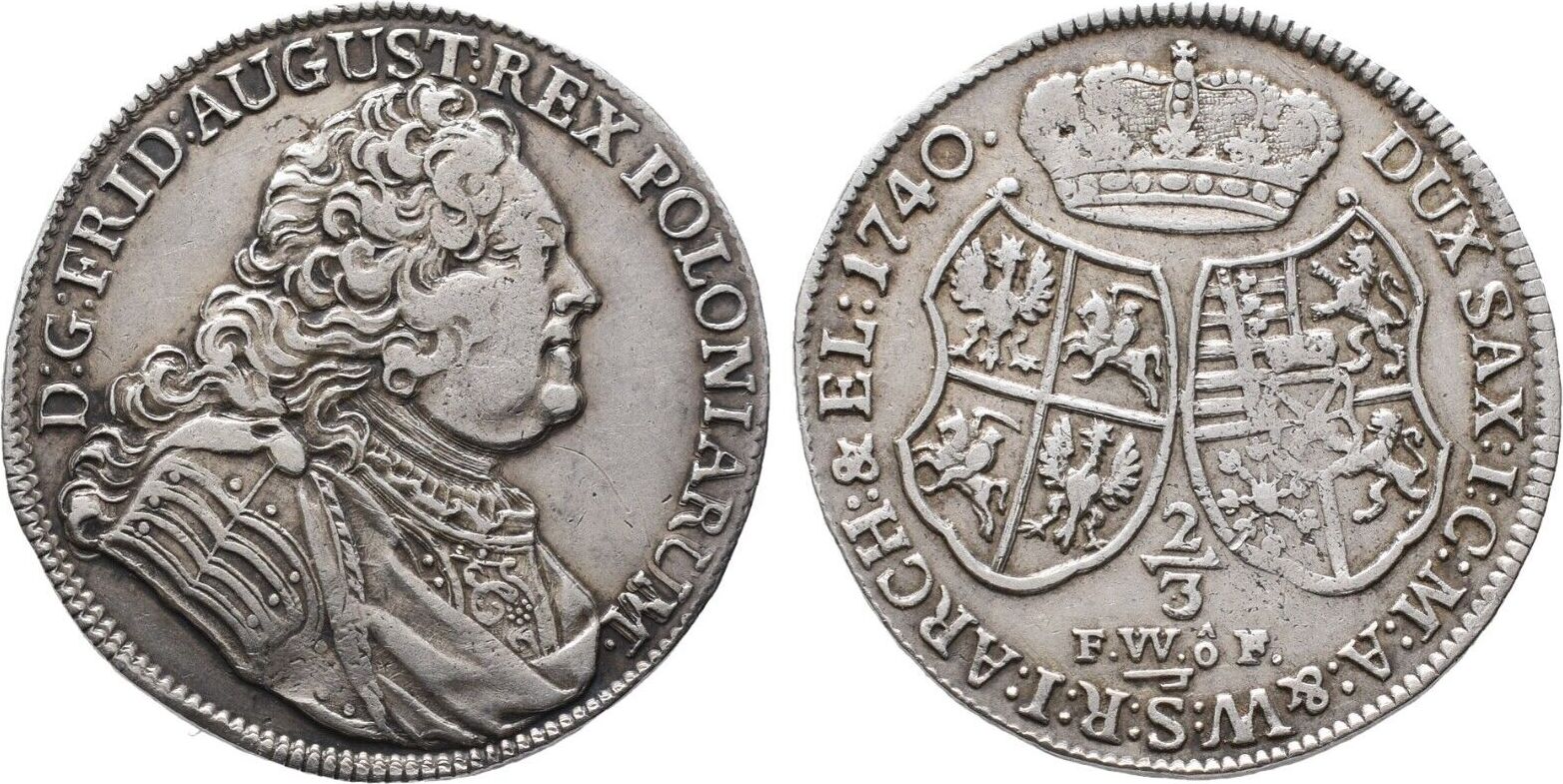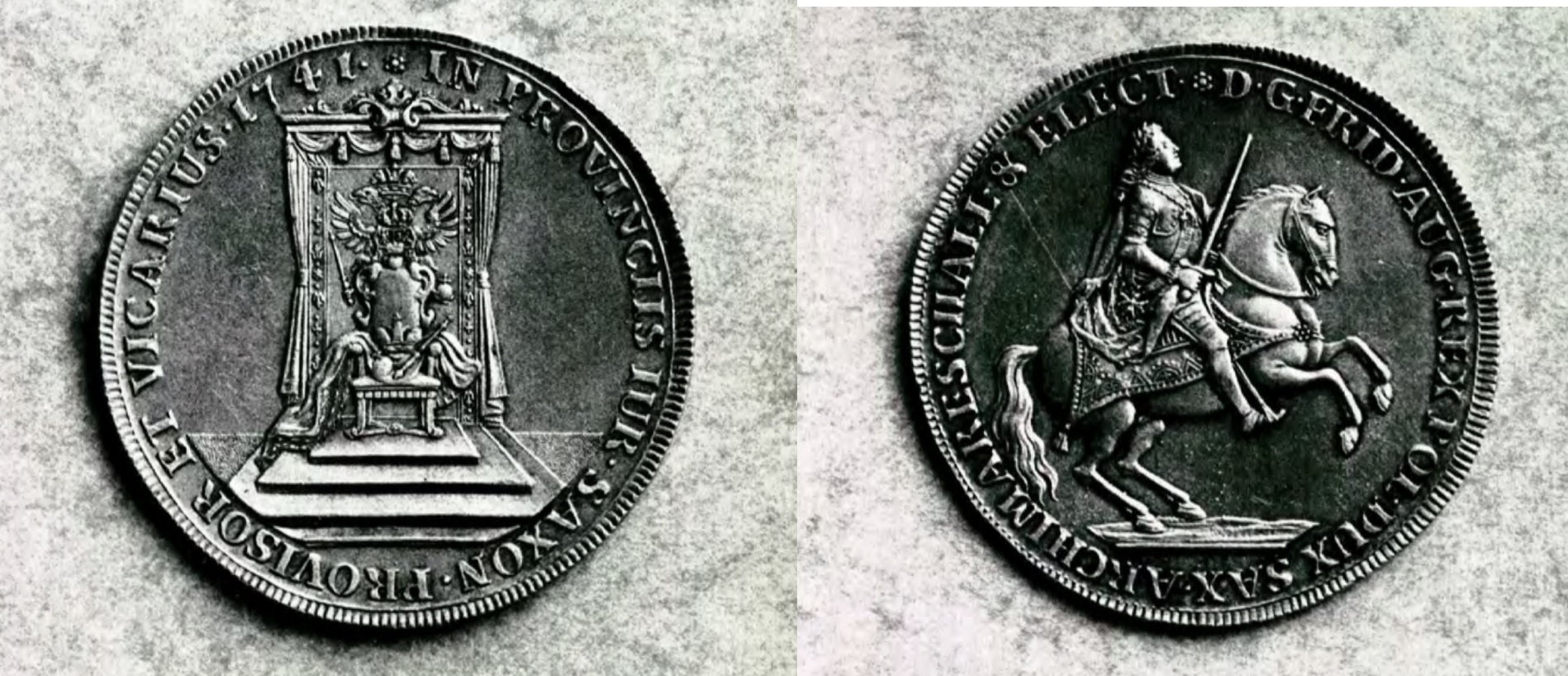The invoices in Saxony were paid in “Thaler” and “Groschen”, so our young cashier Huthsteiner got a monthly salary of 25 Thaler.


Thaler
Groschen
Pfenning
1
24
1
12
1
24
288
What did you get for a thaler in the past?
- Around 1770, a day laborer earned around 50 thalers a year.
- A craftsman – a bricklayer or carpenter – received 70 thalers.
- Teachers received between 80 and 200 thalers.
- An infantryman, for example, received five thalers and four groschen per month, of which, however, one thaler and five groschen were kept for equipment.
- Ensigns and lieutenants received 11 and 14 thalers, with retention of three and four, respectively Talers.
- A lieutenant general, on the other hand, could earn 4,000 thalers,
- a field marshal could even earn 10-12,000 thalers per year.
Around 1740, the cost of living was in the penny and dime range:
- A pound of butter cost between three and four groschen,
- a pound of bacon three groschen six pfennigs,
- an egg between three and four pfennigs
- and a liter of French country wine between four and eight groschen.
Clothing was also relatively inexpensive:
- A pair of stockings cost between 12 and 18 groschen,
- An yard of linen made three pennies,
- a hat, two thalers and
- a pair of boots 15 thalers
Note: the name Dollar was derived from Thaler
